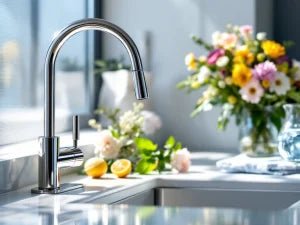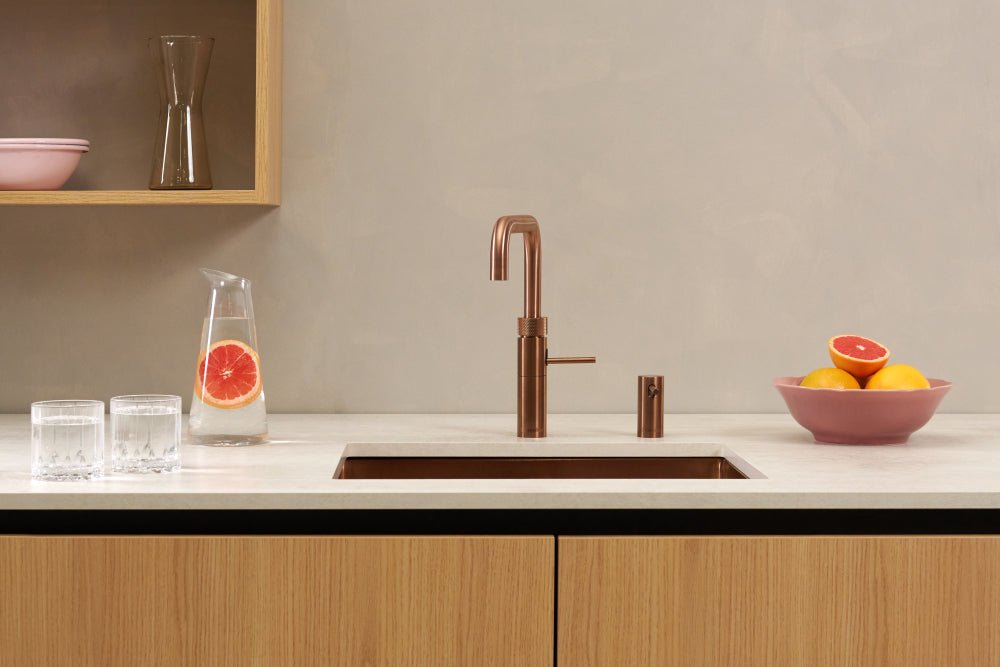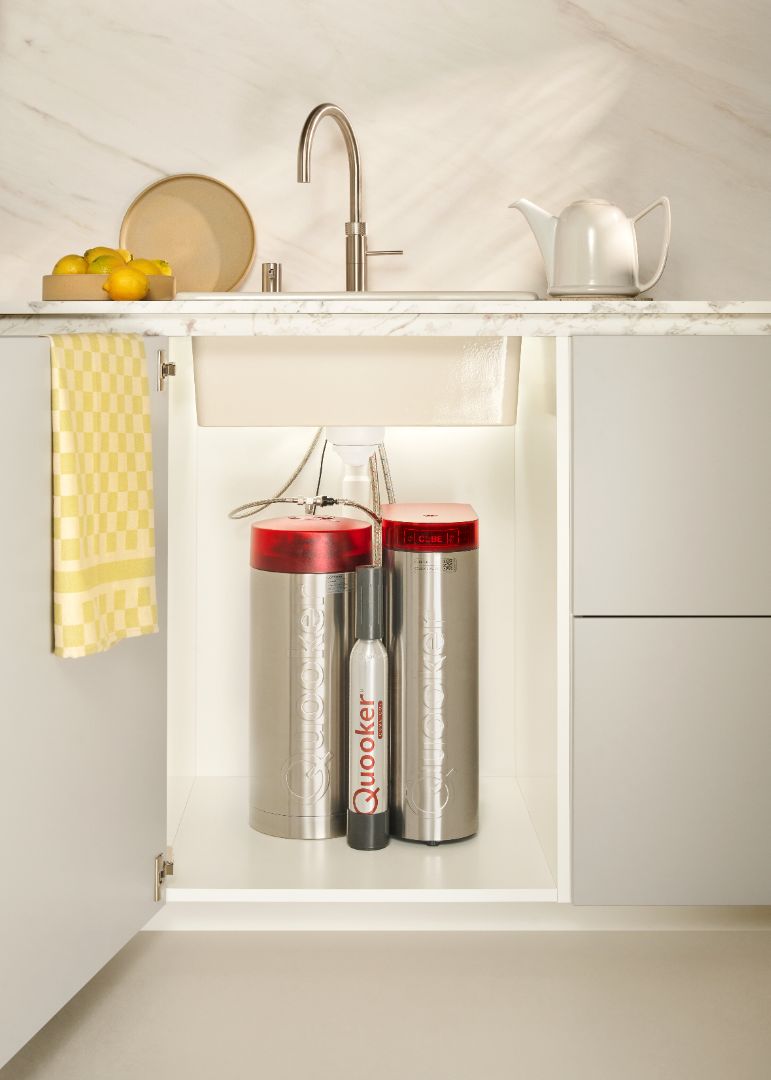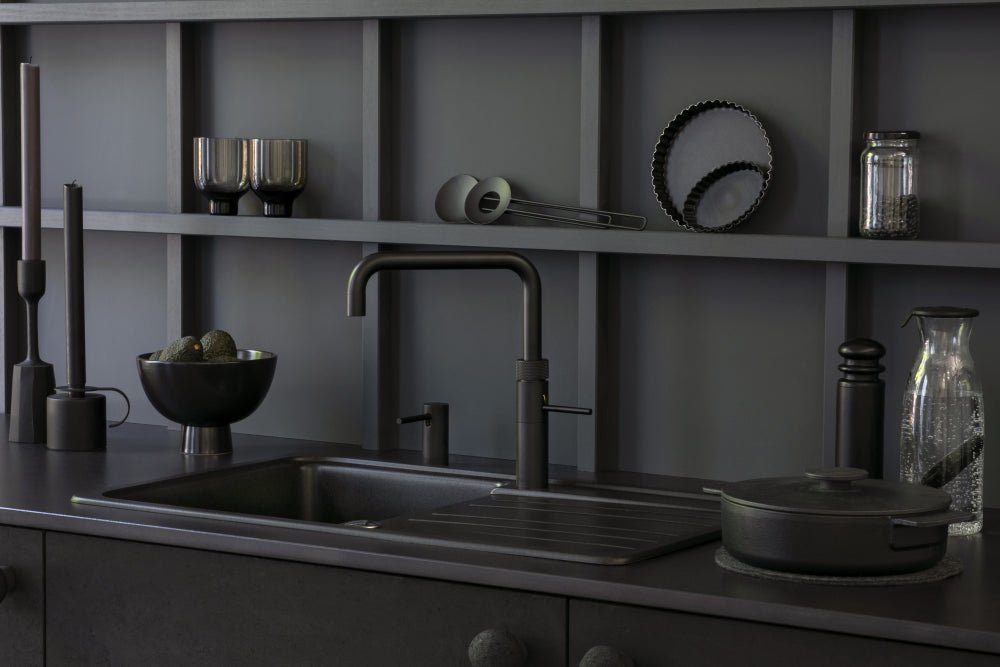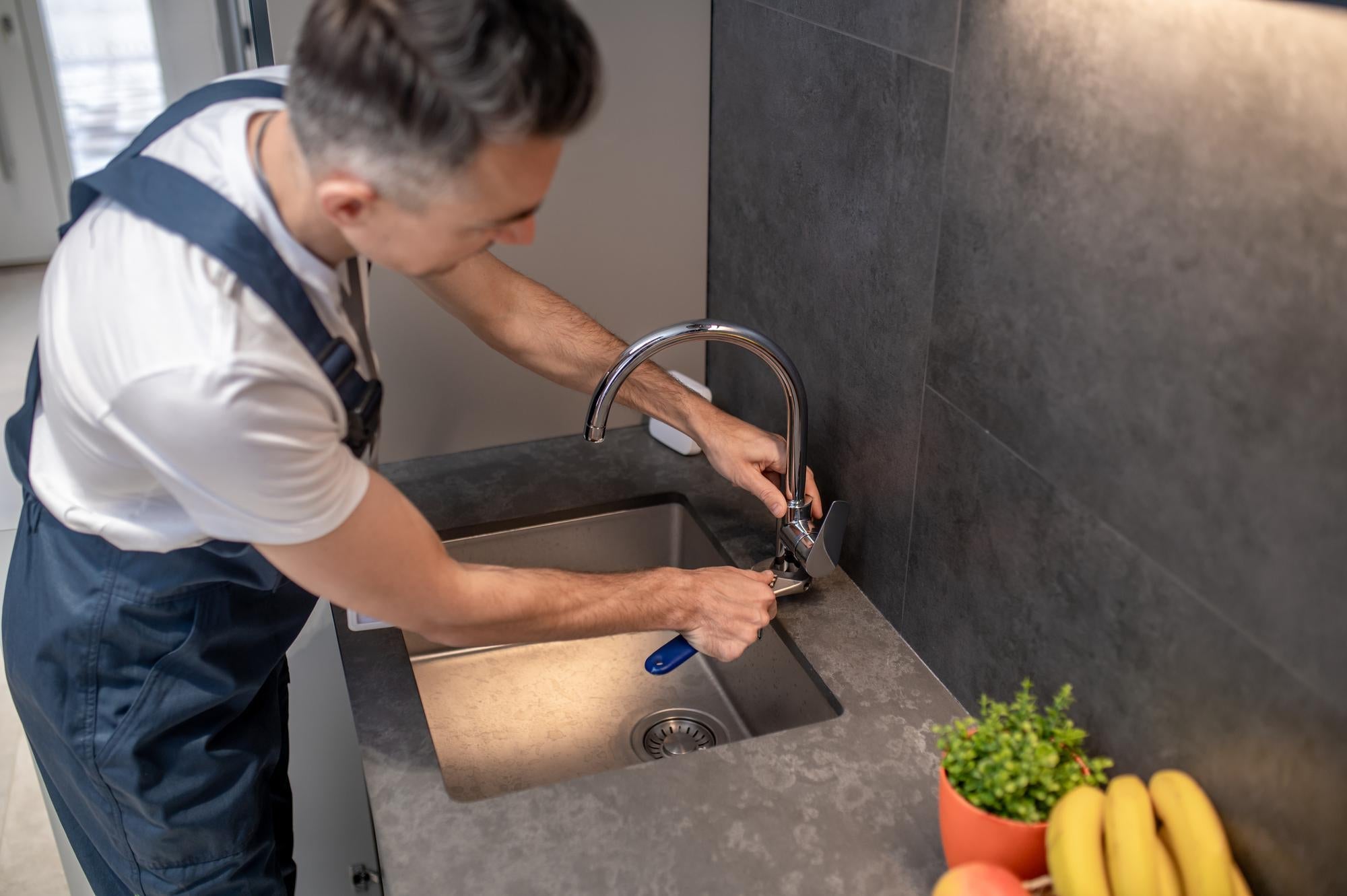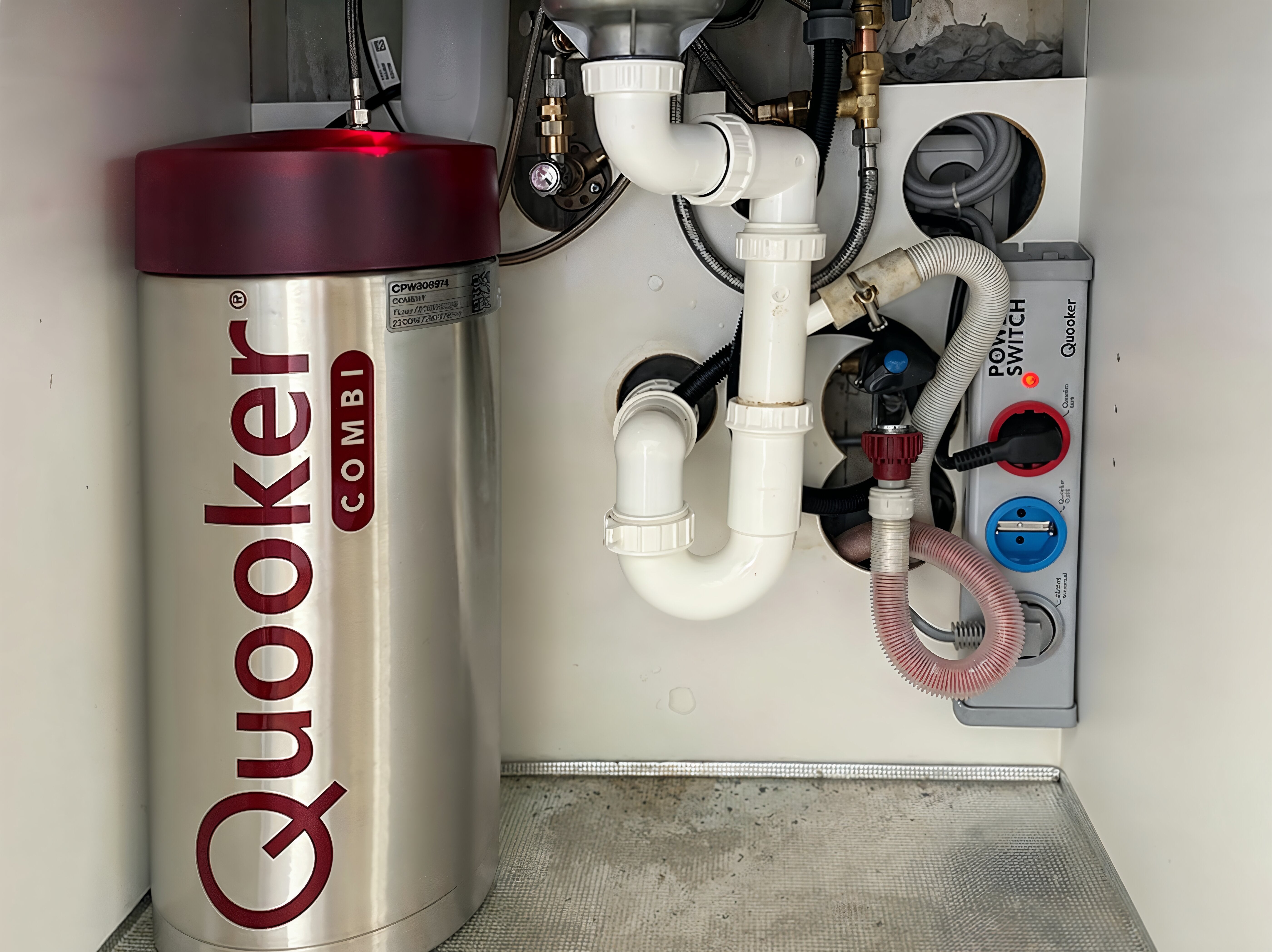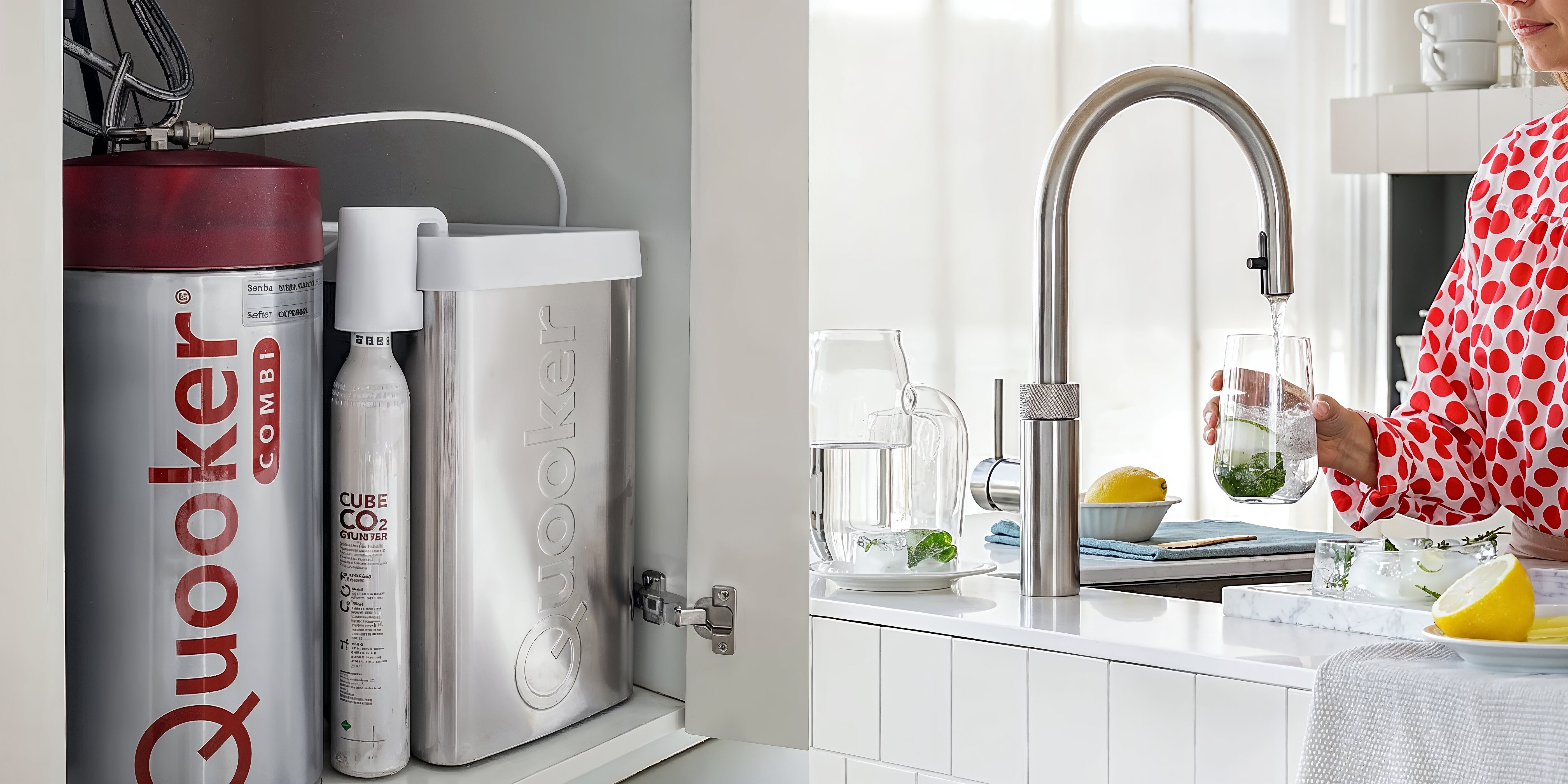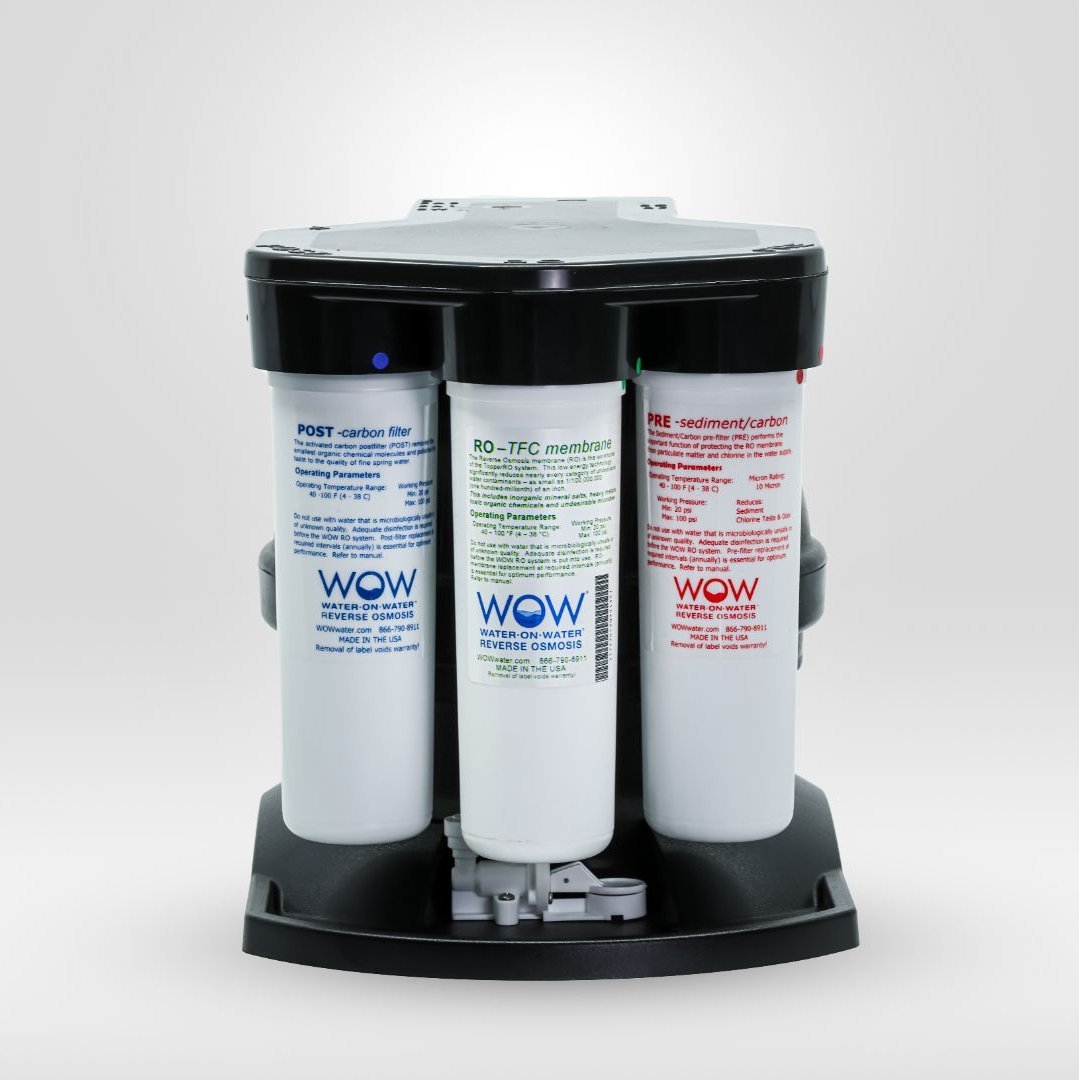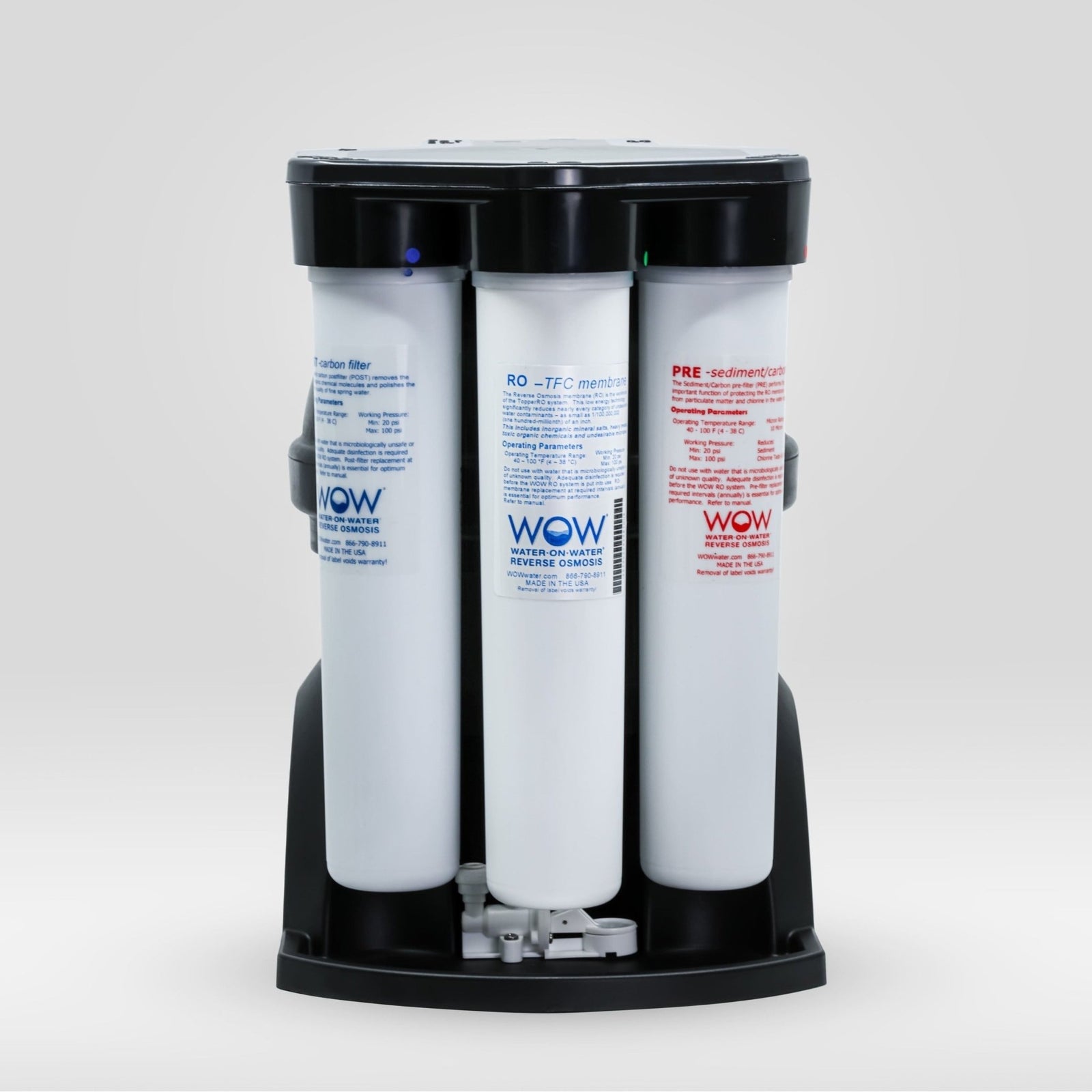The best value for clean water is found in a reverse osmosis system that removes up to 99% of unwanted substances. These systems cost between €1799 and €2599 to purchase, with maintenance costs of less than €10 per month. Compared to bottled water, you'll recoup your investment within 2-3 years, while enjoying spring-quality water from your own tap.
Why is price-quality ratio important in water purification?
Water purification is about more than just the purchase price. You're investing in your health, taste, and long-term savings. A good home water filtration system removes harmful substances like PFAS, pharmaceutical residues, pesticides, and heavy metals, while significantly improving the taste of your drinking water, tea, and coffee.
The balance between investment and quality determines how much value you get for your money. A cheap system that only filters superficially offers no real protection against modern contaminants. In contrast, a high-quality system with reverse osmosis technology will provide pure, spring-quality water for years to come.
Also consider the long-term health benefits. Clean water contributes to better hydration, less stress on your kidneys and liver, and overall improved well-being. These benefits are difficult to put a price on, but they make a well-considered choice all the more important.
What determines the cost of a home water filter system?
The total cost of a water filter system consists of several components that you should consider in your decision:
- Purchase price: Varies from €50 for simple can filters to €2599 for complete reverse osmosis systems
- Installation costs: Professional installation costs €150-€300, but many systems can be installed yourself.
- Filter replacement: Replace PRE and POST filters annually, the RO membrane every 24 months
- Water Consumption: Modern systems produce up to 500% less wastewater than traditional methods
- Energy costs: The best systems operate completely without electricity and on water pressure
Different system types each have their own price range. Canister filters are the least expensive but only filter to a limited extent. Tap filters offer more convenience for €100-€300. Under-rinse systems with multiple filter stages cost €500-€1500. Complete reverse osmosis systems are the top-of-the-line, with prices between €1799 and €2599, but also offer the most thorough purification.
How does reverse osmosis work and what does it cost?
Reverse osmosis is a natural filtration process in which water is forced under pressure through a semi-permeable membrane. This membrane has pores as small as 0.0001 microns—so small that only water molecules can pass through. The system removes up to 99% of all contaminants, including bacteria, viruses, PFAS, pharmaceutical residues, pesticides, and heavy metals such as lead.
The filtration process takes place in several steps:
- Sediment filter catches coarse particles
- Carbon filter removes chlorine and organic matter
- RO membrane filters at the molecular level
- Remineralization filter adds healthy minerals such as calcium and magnesium
The initial cost of a complete reverse osmosis system ranges from €1799 to €2599. Maintenance costs less than €10 per month, with annual replacement of the pre- and post-filters (€60-€80) and the RO membrane every two years (€80-€120). Modern systems with automatic flushing extend the life of the membrane and significantly reduce water consumption.
| Cost item | Amount | Frequency |
|---|---|---|
| Purchase system | €1799 - €2599 | One-time |
| PRE/POST filters | €60 - €80 | Annual |
| RO membrane | €80 - €120 | Every 2 years |
| Monthly costs | < €10 | Continuous |
When does a water filter system pay for itself?
A water filter system pays for itself through savings on bottled water, transportation costs, and the positive impact on your health. An average family of four drinks about 8 liters of water per day. At a bottled water price of €0.50 per liter, this amounts to €1,460 per year.
With a reverse osmosis system costing €2,000 and maintenance costs of €120 per year, you'll reach breakeven after about 16 months. After that, you'll save over €1,300 annually. This calculation becomes even more favorable when you also include water for tea, coffee, and cooking.
In addition to financial savings, there are important added values:
- No lugging heavy bottles of water
- Saving 365 plastic bottles per person per year
- Always fresh water available
- Improved taste of all drinks
- Flowers stay fresh longer in purified water
The true value lies in the combination of convenience, health, and sustainability. You're not just investing in clean water, but also in a better lifestyle without plastic waste and with the assurance of clean water for your whole family.
Which water filter solution is best suited to your household?
Choosing the right water filter system depends on your household size, water usage, budget, and specific water quality concerns. For a single-person household with limited water usage, a tap filter may be sufficient. Families with children benefit from a more comprehensive system that removes all harmful substances.
For households of 2-4 people, a reverse osmosis system is the best investment. These systems offer the most complete purification and are suitable for daily use by the entire family. They are compact, operate quietly and without electricity, and fit under almost any kitchen sink.
For specific water problems like hardness, it's important to know that a water filter doesn't offer a permanent solution to limescale. While filters remove many substances, for true descaling, you need a water softener. Combine both systems and you'll enjoy soft and clean water.
Consider these factors when making your choice:
- Household size: 1-2 people can get by with a smaller system, 3+ people need more capacity
- Water consumption: Do you drink a lot of water or also use it for cooking?
- Installation space: Do you have space under the counter or elsewhere?
- Budget: Consider total costs including maintenance over 5-10 years
- Water Quality: Test your tap water with a TDS meter to determine the level of contamination.
For the best value, we recommend a certified reverse osmosis system with NSF/ANSI 58 certification. These systems offer proven effectiveness, reliability, and safety for years of pure drinking water. With an investment between €1799 and €2599, you can bring spring water quality into your home at a fraction of the cost of bottled water.
